
By Cynthia K. Chandler
Animal-Assisted Therapy in Counseling 4th Edition is the most comprehensive book available dedicated to training mental health practitioners in the performance of animal-assisted therapy in counseling.
This edition includes material on real-world animal-assisted interventions featuring counselor-client dialogues and sample therapeutic opportunities. Each chapter includes the most recent research and practice, and a wide variety of case examples present animal-assisted interventions in different settings with different types of animals.
This unique resource is an indispensable guide for any counselor or psychotherapist looking to develop and implement animal-assisted therapy techniques in practice.
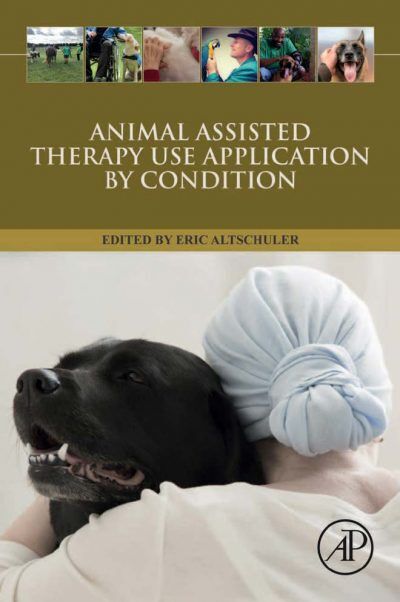
1. An Introduction to Animal-Assisted Therapy
2. Research in Animal-Assisted Counseling and Related Areas
3. Selecting an Animal for Therapy Work
4. Training a Pet for Therapy Work
5. Evaluation of a Pet for Therapy Work
6. Animal Communication, Risk Management, and Ethics in Animal-Assisted Counseling
7. Animal-Assisted Interventions and Counseling Theories
8. Animal-Assisted Counseling Practices
9. Equine-Assisted Counseling
10. A Variety of Animal-Assisted Therapy Applications
11. Sensitivity to Cultural Differences and Populations with Special Needs
12. Crisis and Disaster Response Counseling with Therapy Animals
13. Establishing a School-Based Program for Animal-Assisted Counseling and Education
14. International Considerations and Applications of Animal-Assisted Therapy
Appendices


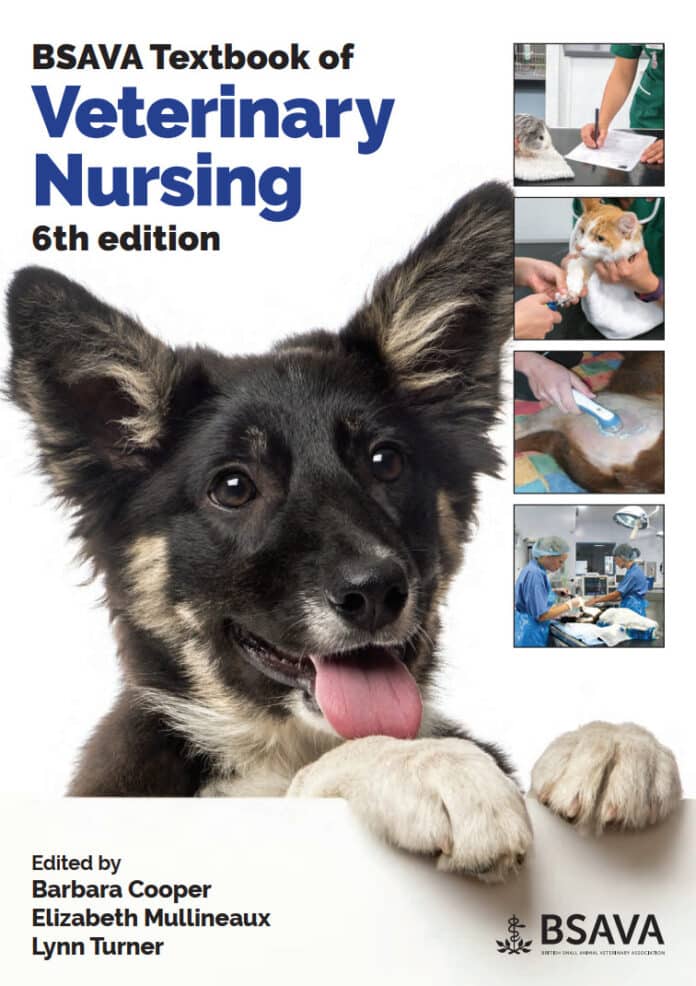
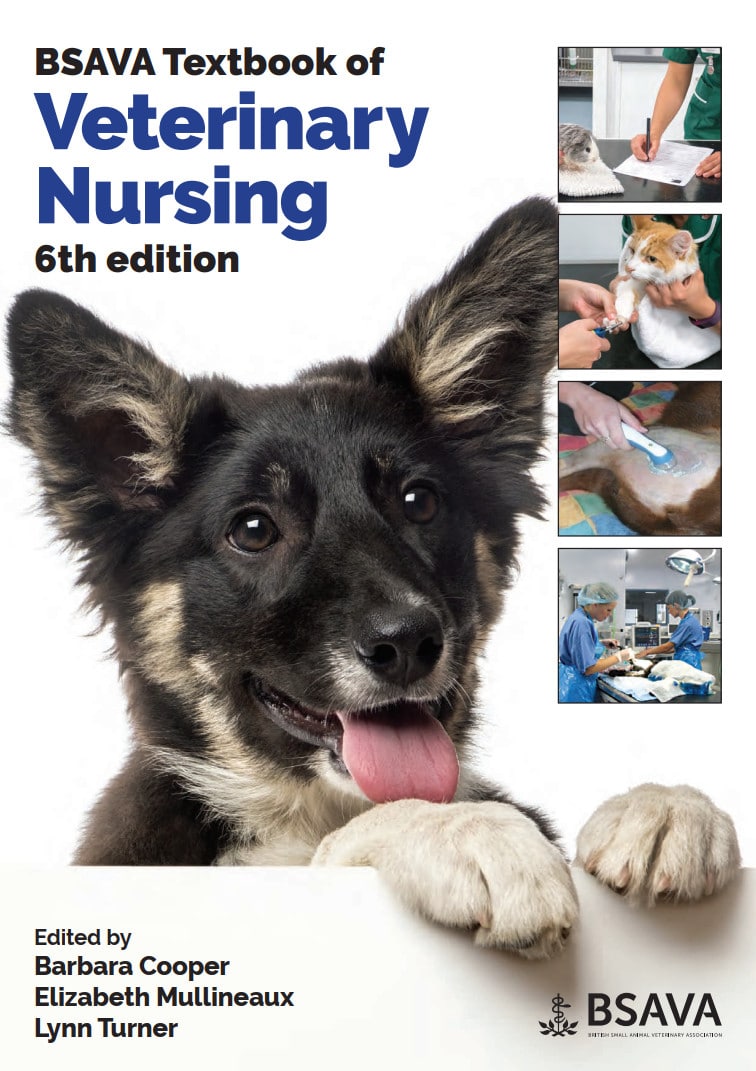

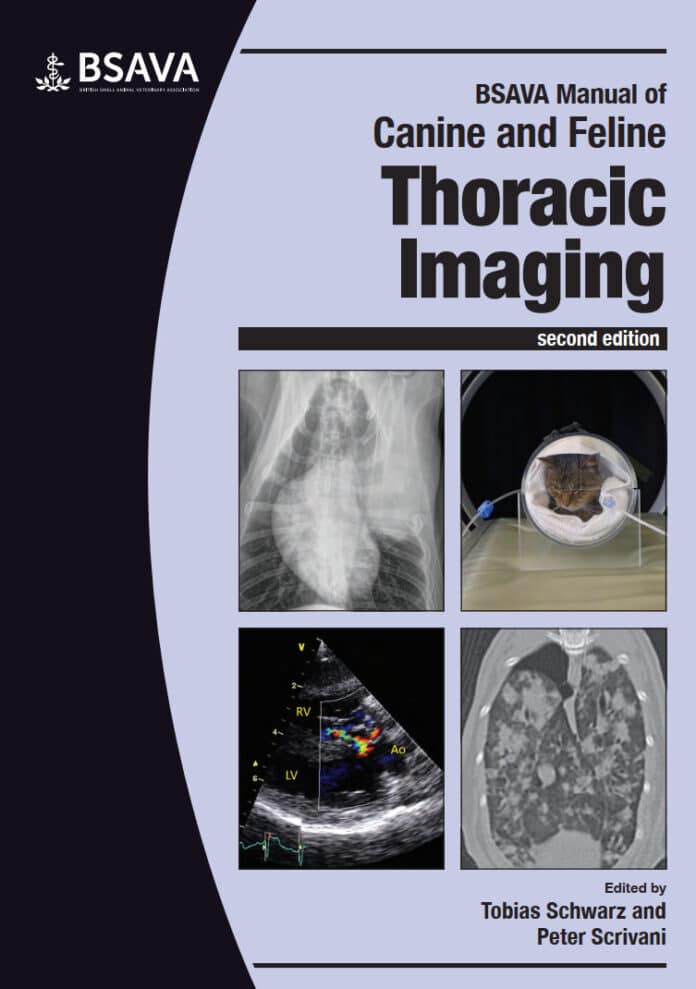
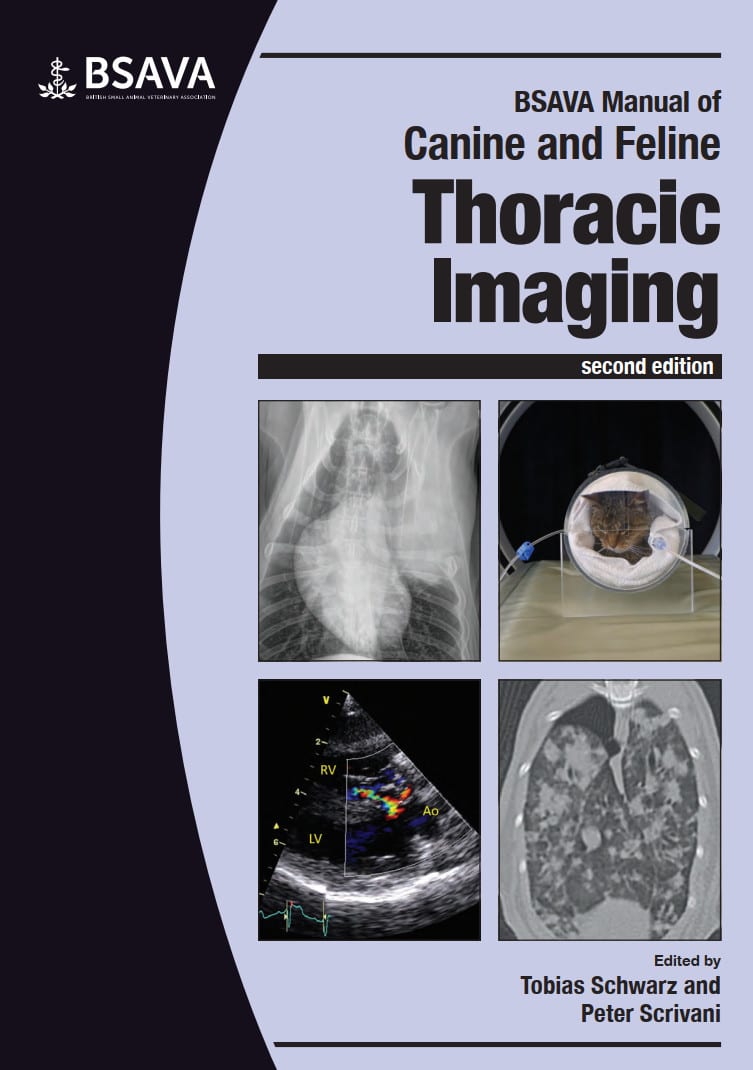

![ettinger’s-textbook-of-veterinary-internal-medicine-9th-edition Ettinger’s Textbook of Veterinary Internal Medicine 9th Edition [True PDF+Videos]](https://www.vet-ebooks.com/wp-content/uploads/2024/10/ettingers-textbook-of-veterinary-internal-medicine-9th-edition-696x889.jpg)
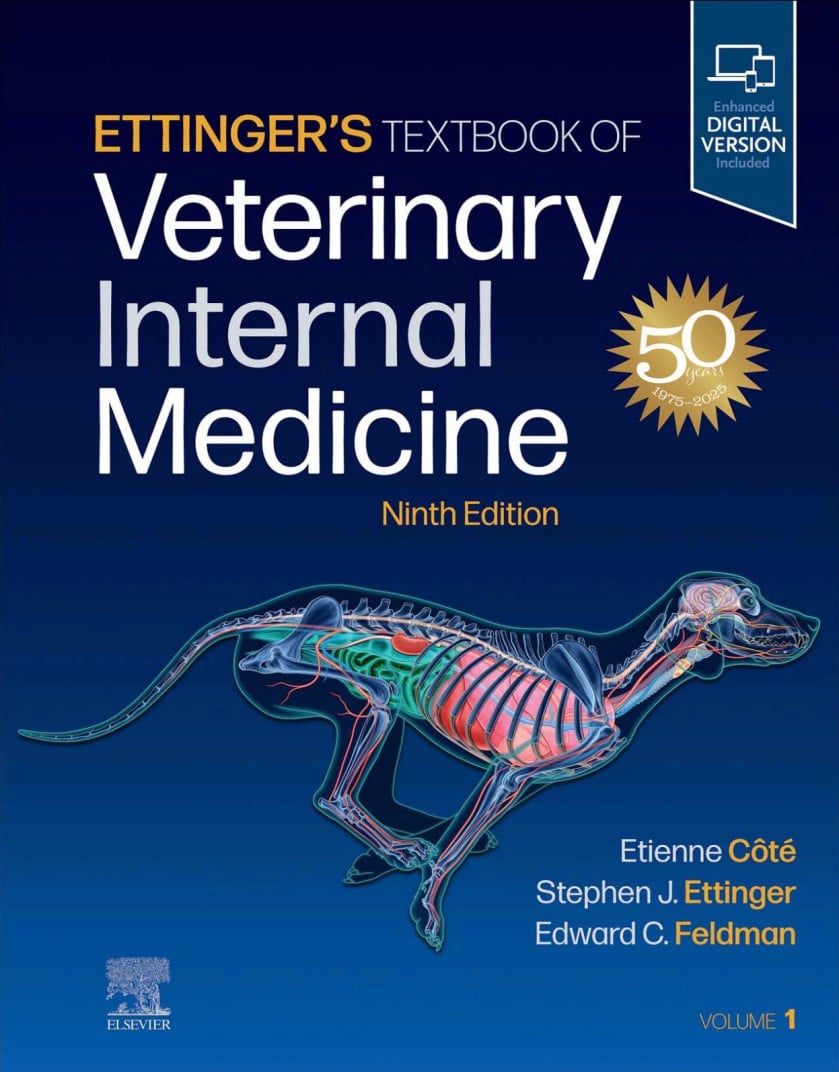

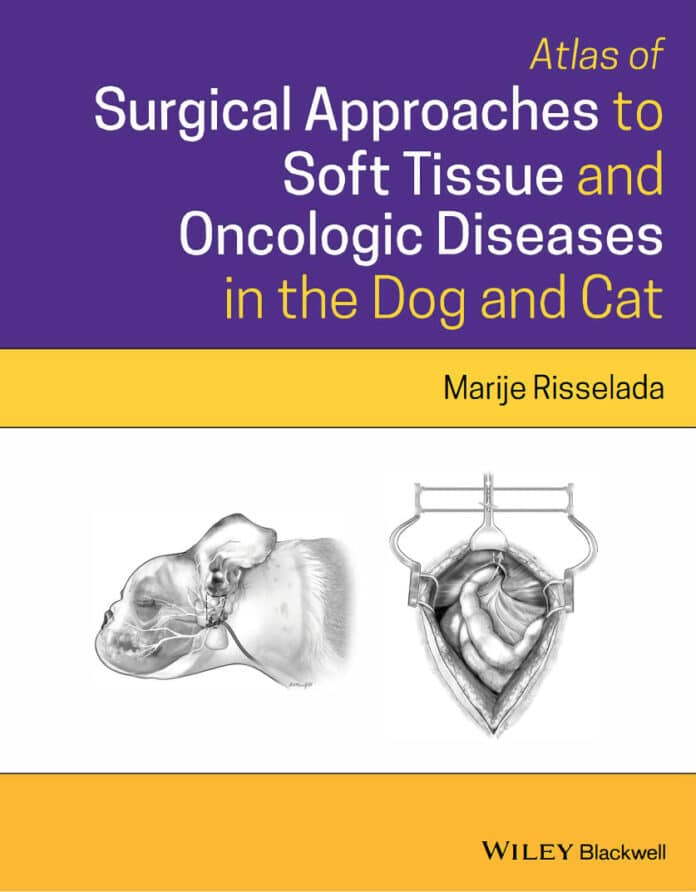
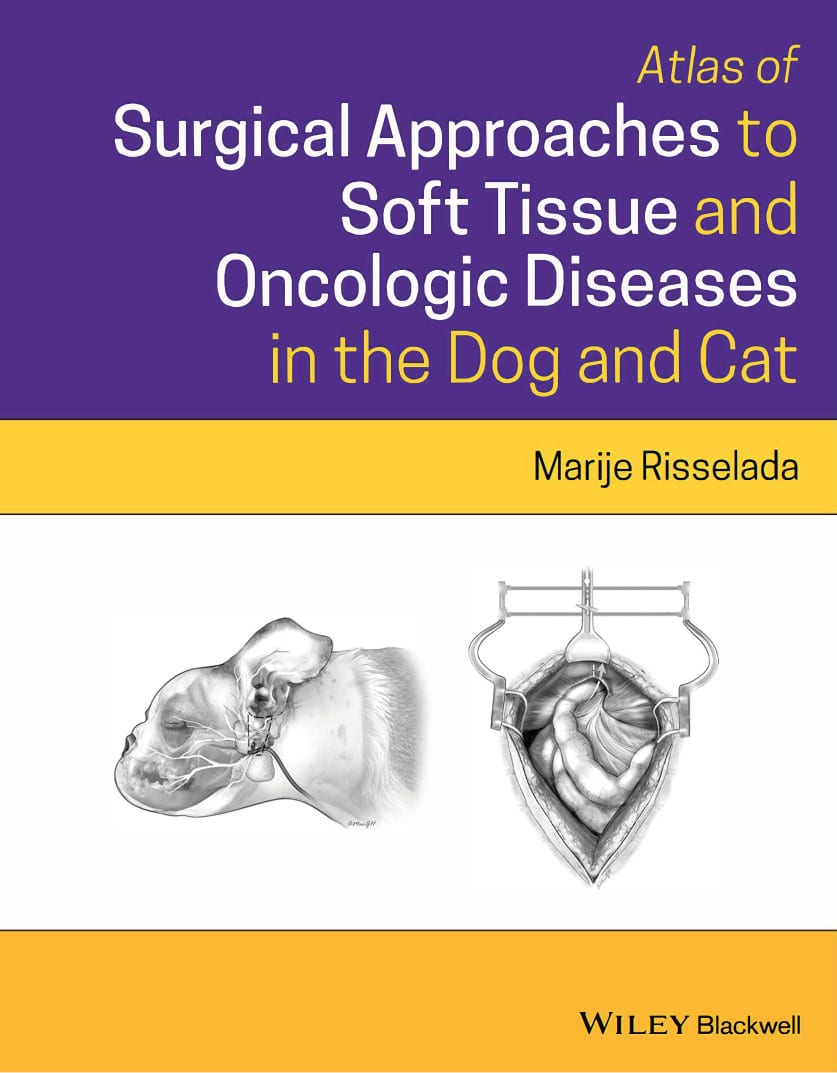

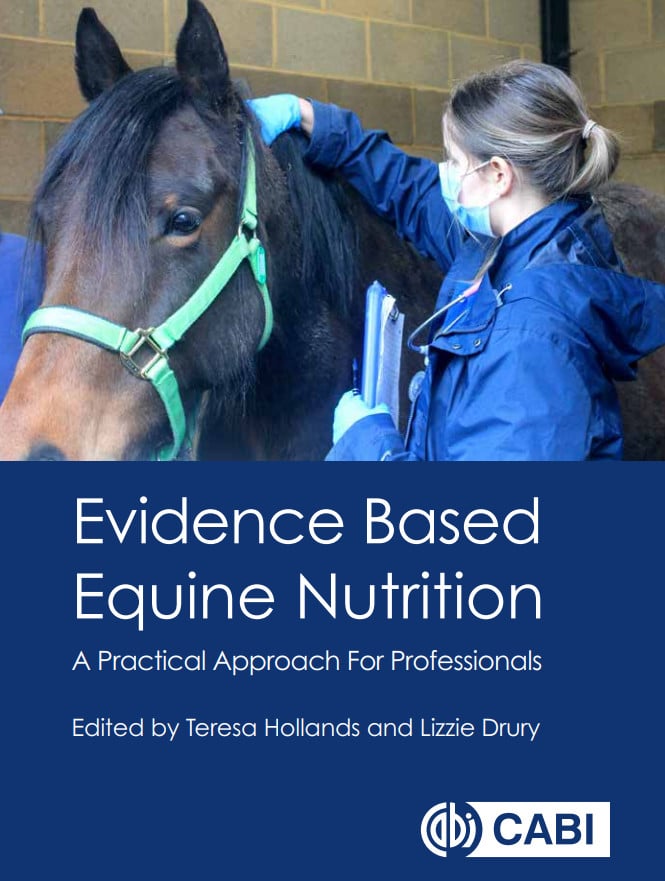


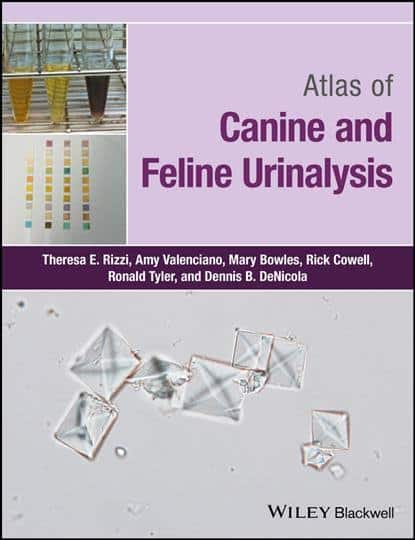
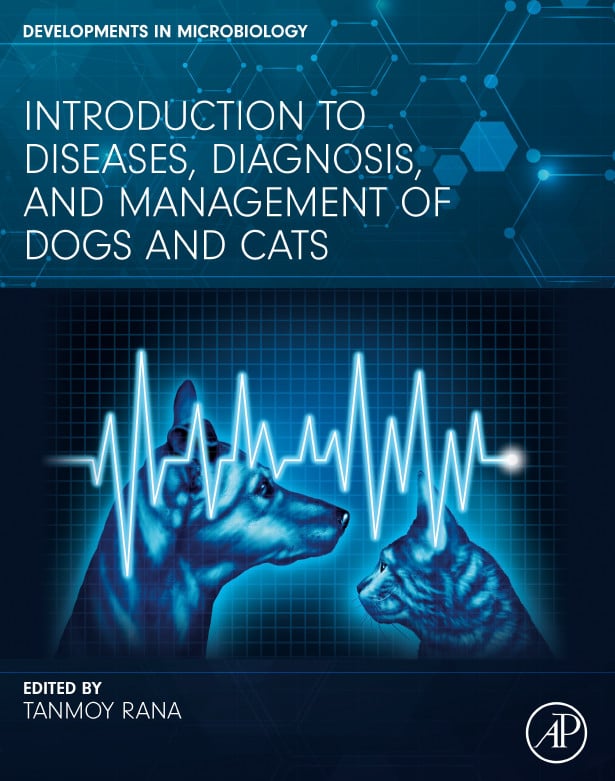
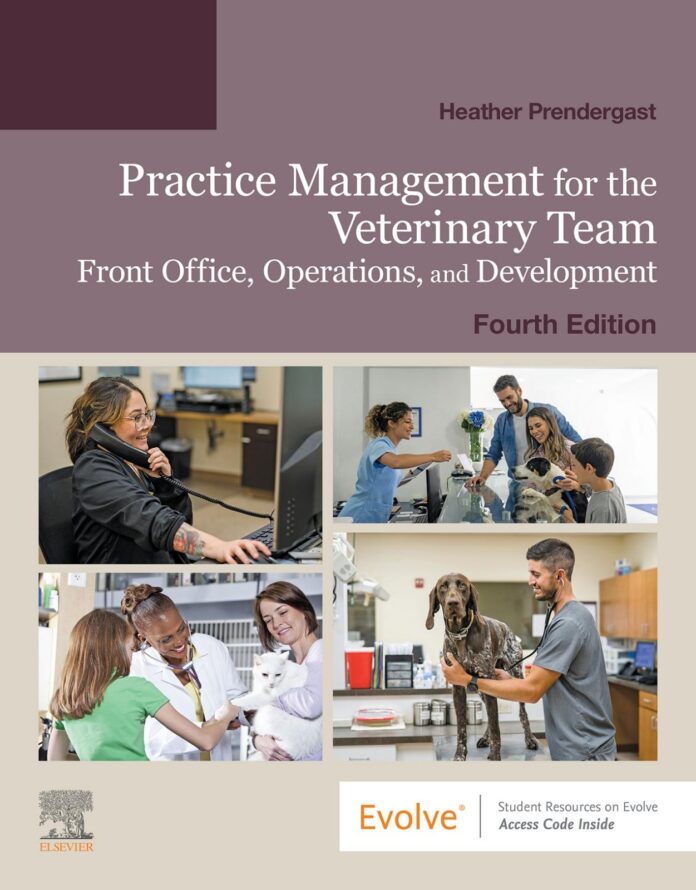
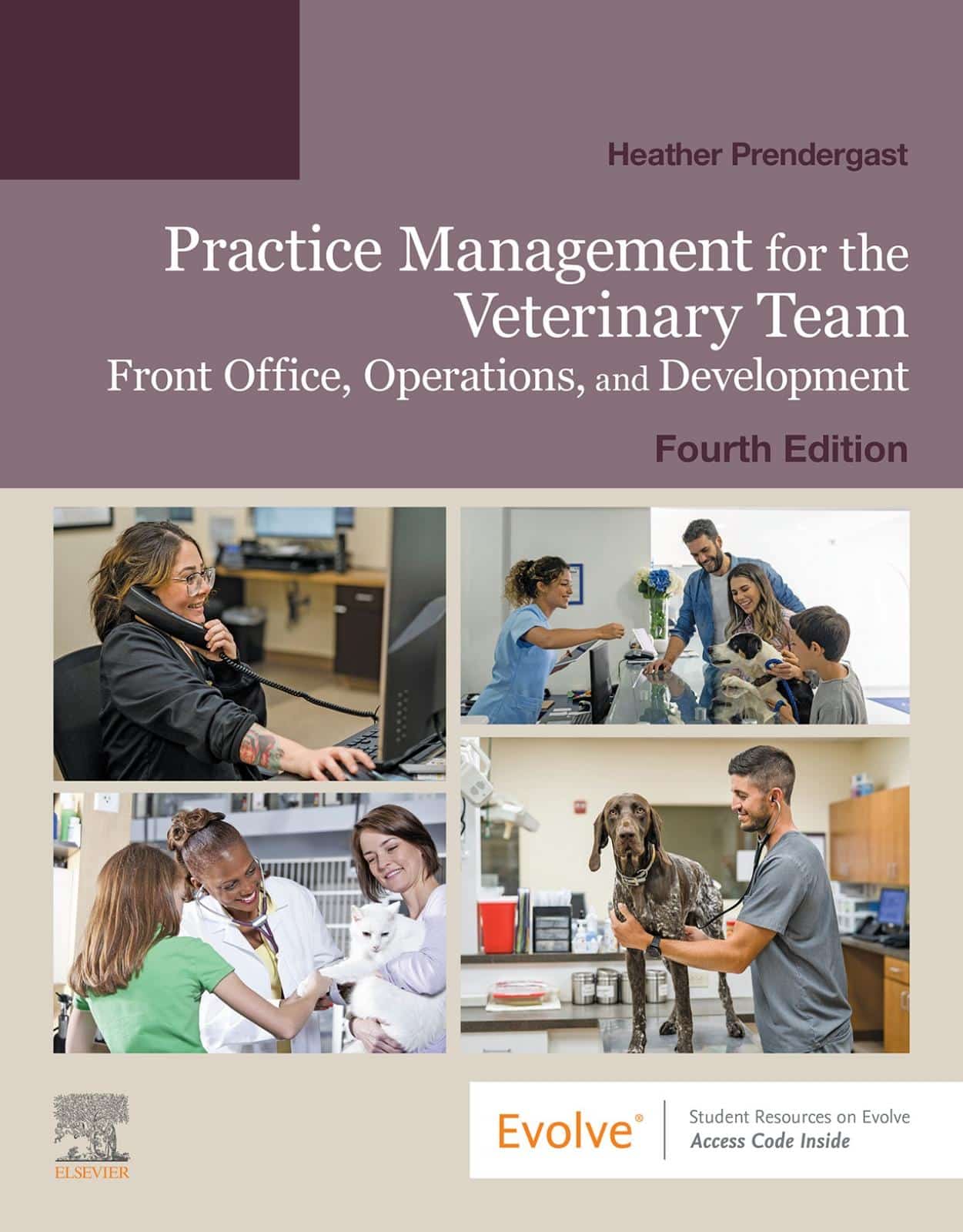
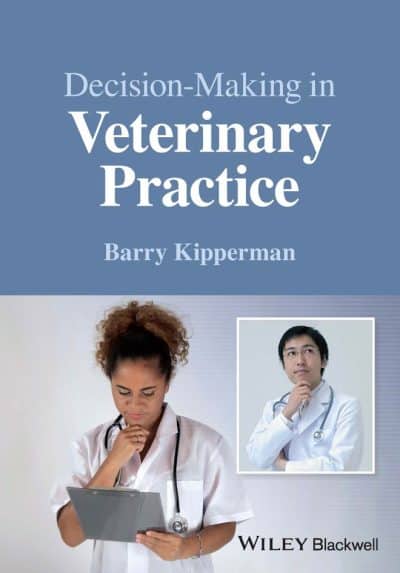
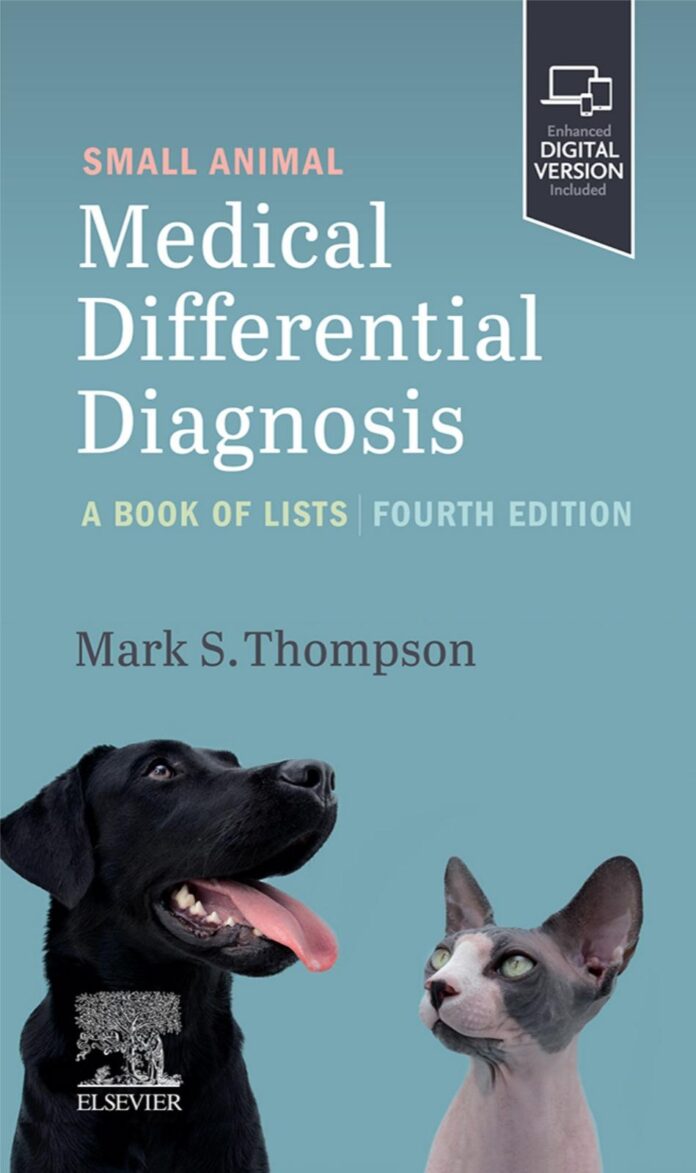










![Ettinger’s Textbook of Veterinary Internal Medicine 9th Edition [PDF+Videos] Ettinger’s Textbook of Veterinary Internal Medicine 9th Edition [True PDF+Videos]](https://www.vet-ebooks.com/wp-content/uploads/2024/10/ettingers-textbook-of-veterinary-internal-medicine-9th-edition-100x70.jpg)





